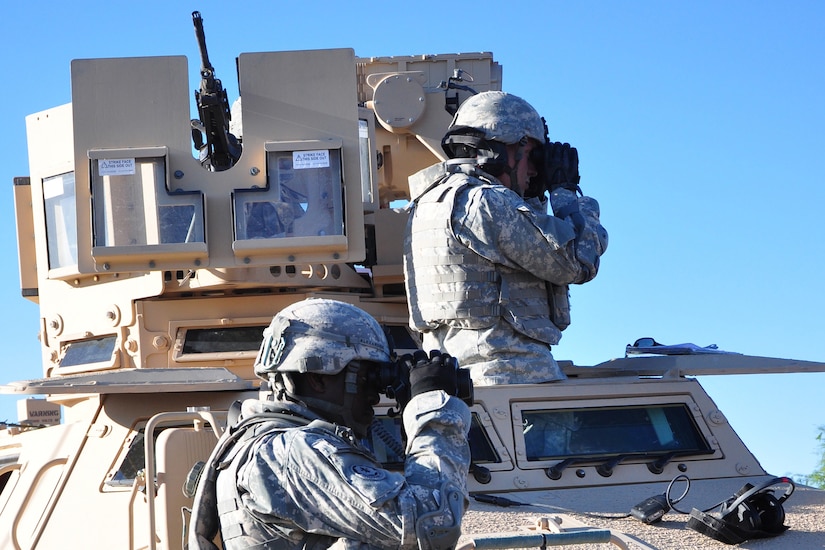Sept. 10, 2020 | , DOD News
Defense Department officials spoke about the DOD's modernization strategy, including the development and procurement of high priority systems — such as artificial intelligence, directed energy, small satellites, hypersonics, a 5G network and unmanned aerial systems — which could potentially offer game-changing results on the battlefield.
Dr. Mark J. Lewis, the acting deputy undersecretary of defense for research and engineering, and Michael Brown, the director of the Defense Innovation Unit, spoke today at the Defense News Conference.
Lewis noted that Congress has been very supportive with the direction of the DOD's research and engineering work.
One of the important reasons for this support on the Hill, Lewis said, is that the DOD has demonstrated that it has adopted an approach to "accepting risk intelligently." That means supporting research and engineering efforts that either result in success or in some measure of success, such that even if an experiment fails, some learning about the physics and process results in enlightenment for the successful creation of a future capability.
The types of failures that the DOD wants to avoid are "dumb failures," such as a fin falling off a rocket or use of a wrong type of battery, said Lewis, who is also the director of defense research and engineering for modernization.

A second strategy of the department, Lewis said, is ensuring each of the services and DOD organizations — including the Defense Advanced Research Projects Agency — are researching and developing systems that are complementary across the department and are not duplicative.
A third strategy, Lewis said, is working with industry and academia on important research or technologies that could benefit the warfighter.
The other portion of this strategy is working with allies and partners across the globe, even those that are less traditional partners. This benefits the department because it gets a variety of perspectives and viewpoints, he said, adding that all 11 of DOD's top modernization priorities involve working with allies and partners.
The department's modernization priorities are rapidly developing, Lewis said. "The most important thing is that we're moving beyond the research lab. We're moving beyond the development phase. We're really moving to actual procurement."

Some examples Lewis cited are:
- The Space Development Agency just awarded contracts for low-Earth orbit satellites that will benefit the military's command, control and communications systems.
- Several programs across the department are involved in testing hypersonic prototypes, including an air-breathing cruise missile with plans to deliver these to the warfighter before the end of the decade.
- The department is experimenting with AI for numerous applications, including for UAS flights.
In addition, Brown provided the following examples:
- Testing of AI-assisted augmented reality is being done with microscopes that will look for precancerous cells that a radiologist might not be able to otherwise spot unassisted.
- AI algorithms are helping National Guard troops and California firefighters pinpoint areas they need to be or avoid in fighting wildfires.
- DIU is supporting the Army's small UAS program known as Blue sUAS. Five suppliers are already on the General Services Administration schedule and two more will be added next week. Although it was an Army program, the Air Force and Marine Corps are ready to buy, and talks are underway with the Department of the Interior and Customs and Border Protection. Allies have also expressed an interest.








No comments:
Post a Comment